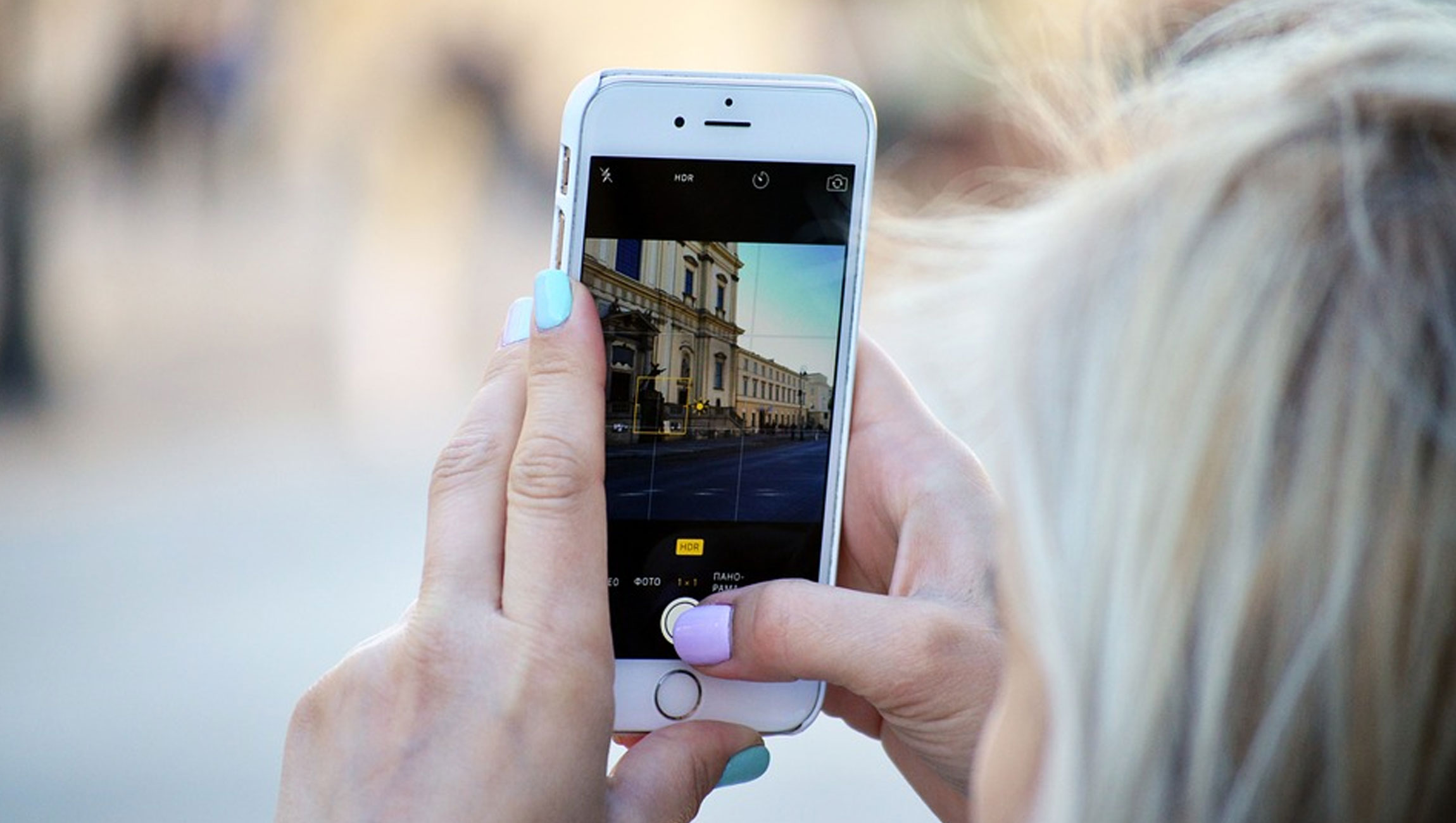We Sat Down with Our ACTIVATE Studio Team to Review Trends and Insights We Have Seen Over the Last Quarter
Work with New and Different Influencers
 While there is still a level of hesitation when it comes to working with smaller, up and coming influencers, we are seeing brands place more trust in working with influencers beyond the top 1%.
While there is still a level of hesitation when it comes to working with smaller, up and coming influencers, we are seeing brands place more trust in working with influencers beyond the top 1%.
Beyond just looking for newbies, we also encourage marketers to think beyond their traditional vertical — whether it be a beauty brand working with pet influencers, or fashion brand working with food influencers — as long as they are taking care to consider the audience demographics of those influencers and whether the branded content makes sense for the audience.
“Moving beyond the standard influencers that are always tapped for brand partnerships means you are able to really extend your brand’s story to a wider, new audience, through an influencer whose feed is not overly saturated with other brand messaging. Consumers today are savvier, so brands need to stay ahead of the curve and ensure they are telling compelling stories with fresh influencers.”
- Morgan Kaye, Vice President, Head of ACTIVATE Studio
Read More: Pinterest and AspireIQ Collaborate to Expand Influencer Marketing Initiatives for Brands
‘Always On’ Brand-Influencer Collaborations on the Rise
Catching on quickly in Beauty and Fashion verticals, we are also seeing influencer-brand collaborations span longer periods of time (beyond a one-off campaign) in other verticals as well, ranging from Automotives to Financial Services.
Longer term relationships mean that marketers need to be more careful in selecting influencers, more strategic in finding ways to collaborate and careful in measuring results consistently over a longer period of time. In return, these longer relationships also mean that the influencer won’t be hawking multiple brands in the same vertical (great for brands and influencers), can spend more time in developing the content, and drive more touch-points to the consumer to really move her through the customer journey.
Test New Formats and Channels

While the majority of the focus for the brand and the influencer should be on testing and innovating in content strategy, we are also seeing more testing in format, particularly with Instagram — largely driven by new features released by the social platform giant that has been readily adopted by influencers. Instagram Stories and the whole host of new features that have come out (Polls, Stickers, Swipe Up) are continually being included in more and more influencer-brand collaborations, and we are seeing it as a great addition to a program that can drive further engagement.
Scale Top Influencer Content with Paid Social & Re-Targeting
A trend we noted over a year ago, in conversation with Digiday, we continue to see brands take a more systematic approach to working with influencers — by identifying top performing pieces of content (which received organic reach and engagement through the influencer) and adding paid spend behind it — whether it be via paid social spend or programmatic and re-targeting with clear targeting in place. This not only provides scale, but also effectively connects the top of the funnel, inspirational content that an influencer creates to lower funnel performance strategy.
“There is so much value in influencer content beyond just the post itself. By getting the content usage rights from the influencers up front, we can then opportunistically amplify high-performing influencer content (measured in real-time for actual impressions and engagements). Through a combination of proprietary native media placements, paid social amplification, and even advanced re-targeting, we can exponentially extend audience reach and enhance campaign performance, while still targeting the right audience.”
- Marissa Armenti, Director of ACTIVATE Studio Execution
Read More: Klear Introduces Automated Tracking for Influencer Marketing Campaigns
‘Platform Dynamic’ Drives Efficiency in Pricing
We are seeing much more fluidity in pricing — rather than the old-school ‘rate card’ that the industry has become accustomed to (particularly with larger influencers that are represented by an agent), we are seeing pricing fluctuate depending on the time of year, brand involved, past relationships, and so on. This certainly comes from a growing volume of opportunities as more brands are looking to work with influencers, as well as the ability for platforms to more efficient match demand (brands) with supply (influencers).
“We tested various ways to arrive at an agreed upon price between brand and influencer on the Activate platform, whether it be influencer bidding an amount to be a part of a brand program or a brand stating their price and adjusting as needed depending on reception from influencer community. By and large, we found that the ‘platform dynamic’ created a lot more efficiency in pricing — influencers were more honest about what prices they would take, the inefficiency in back and forth negotiations is removed, and brands get immediate feedback if they didn’t offer enough incentive and find they couldn’t recruit the type of influencers they were looking for.”
– Sugee Kim, Director of ACTIVATE Platform
Measure ‘Conversion’ Beyond Last Click Affiliate Tracking
In working with brands, we find that most marketers are looking at Click Through, Promo Codes or Affiliate Link conversion as their definition of conversion — which can oftentimes be at odds with the fact that they may be leveraging influencers to tell an impactful story around their brand (upper funnel), and not necessarily driving the consumer to immediately buy (lower funnel).
Proper tracking of view-through conversion can drive deeper understanding of how upper funnel strategies can then drive to other activities (primarily search) that may reside lower in the funnel and end up taking the ‘credit’ for the conversion.
Beyond that, we also see brands look at spikes in organic search, direct traffic to site, as well as even just polling customers post check-out to understand attribution. Overall, marketers that are looking at their overall spend holistically — for example, measuring how investing in brand then impacts their CAC on the performance side of their marketing will get the fullest view of what is truly driving impact.
Read More: What Makes Influencer Marketing Platforms So Exciting?












Comments are closed.